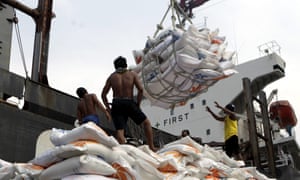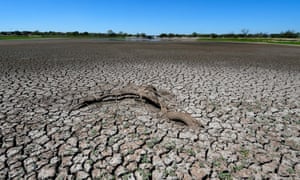……………………………………………………………

……….
| Forest / Wild Fire | USA | [Fort Belknap area] State of Montana |
……….
Base data
| EDIS Number | WF-20151211-51205-USA |
|---|---|
| Event type | Forest / Wild Fire |
| Date/Time | December 11 2015 04:22 AM (UTC) |
| Last update | December 11 2015 04:25 AM (UTC) |
| Cause of event | |
| Damage level | Medium |
Geographic information
| Continent | North-America |
|---|---|
| Country | United States of America |
| County / State | State of Montana |
| Area | Fort Belknap area |
| Settlement | |
| Coordinate | 48° 28.950,108° 45.926 |
……….
………..
Fires Continue to Burn on Kootenai National Forest
Fires in Lincoln County continue to burn and send smoke to the Flathead Valley
While some of the fires are continuing to grow slowly, the majority of the burning is in the interior with pockets of fuel burning within the perimeter of the fires, fire managers say. These fires will continue to burn and put up smoke until the area receives significant rain and or snow.
………..





















